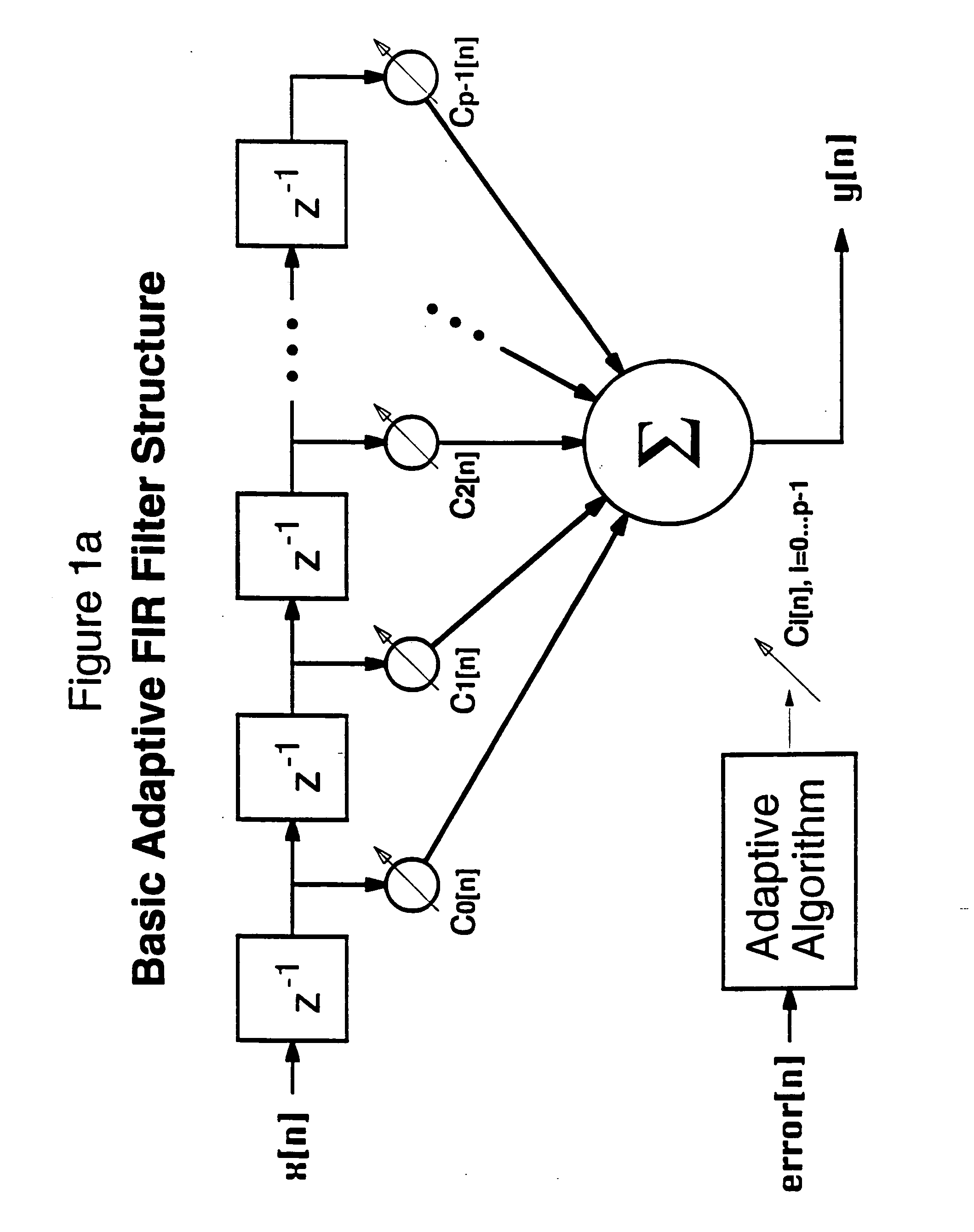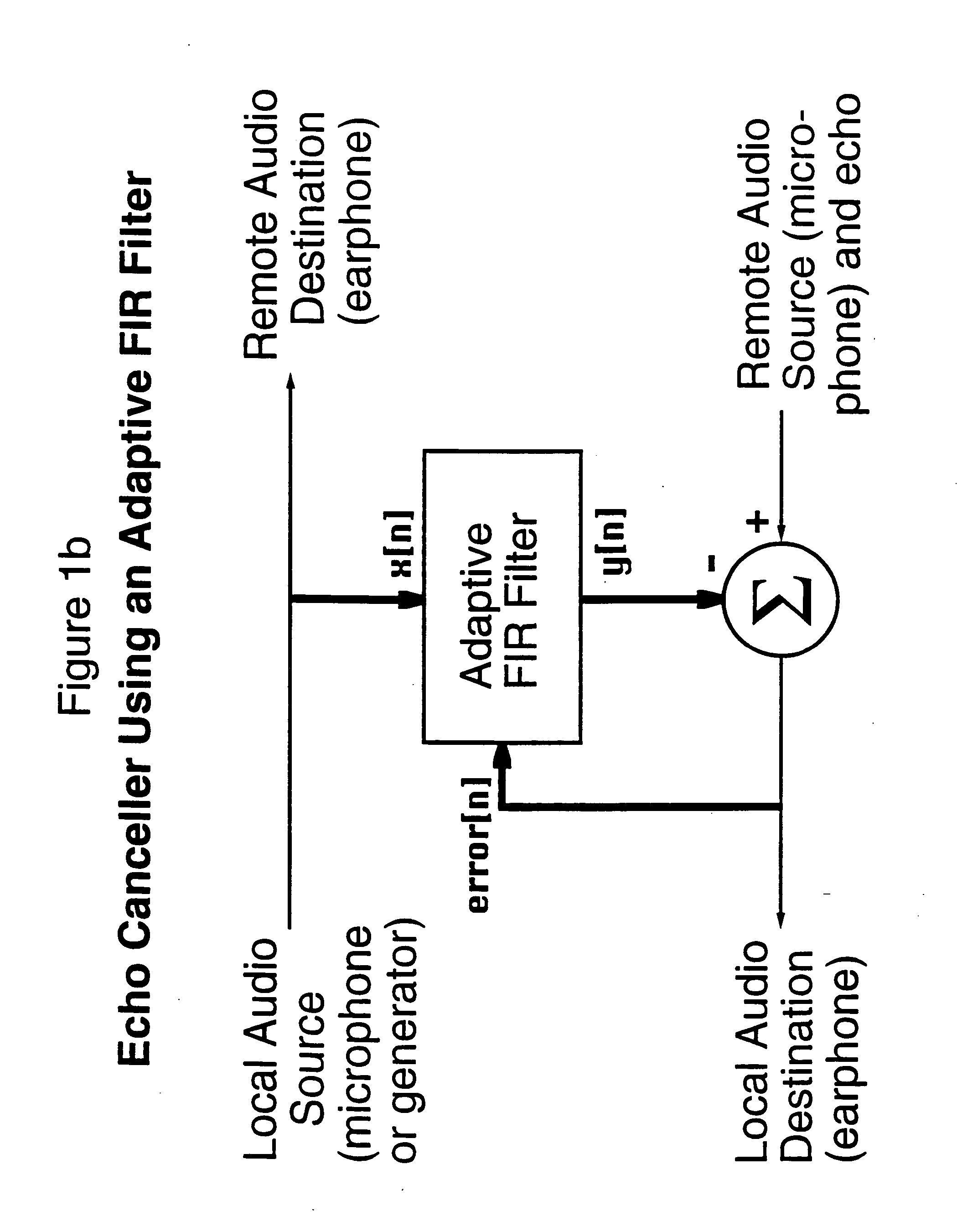Method and apparatus for detecting a secondary destination of a telephone call based on changes in the telephone signal path
a secondary destination and telephone signal technology, applied in special services for subscribers, wireless communication, echo suppressors/cancellers, etc., can solve problems such as the possibility of fraudulent activity, the inability of other parties to provide pay telephone services, and the inability to detect secondary destinations. to achieve the effect of enhancing their respective overall reliability
- Summary
- Abstract
- Description
- Claims
- Application Information
AI Technical Summary
Benefits of technology
Problems solved by technology
Method used
Image
Examples
Embodiment Construction
[0024] The following detailed description is provided in reference to the accompanying FIGS. 1 through 4, wherein like reference numbers indicate like features throughout the drawings.
[0025] Before describing the equipment in detail or its method of operation to detect specific events, it is helpful to understand the basic methodology. As previously noted, the invention is based on the discovery that a given connection between a local party's telephone and a remote party's telephone evidences an echo which is characteristic of that connection. This is generally true for a telephone connection, except those involving certain cellular, microwave, or satellite transmissions. Signals emanating from the local party's microphone and echoed back to the local party's receiver from the public switched telephone network (“PSTN”) will be altered in one or more ways, i.e., characteristics, that are stable for the connection. The echo characteristics can be ascertained and monitored to determin...
PUM
 Login to View More
Login to View More Abstract
Description
Claims
Application Information
 Login to View More
Login to View More - R&D
- Intellectual Property
- Life Sciences
- Materials
- Tech Scout
- Unparalleled Data Quality
- Higher Quality Content
- 60% Fewer Hallucinations
Browse by: Latest US Patents, China's latest patents, Technical Efficacy Thesaurus, Application Domain, Technology Topic, Popular Technical Reports.
© 2025 PatSnap. All rights reserved.Legal|Privacy policy|Modern Slavery Act Transparency Statement|Sitemap|About US| Contact US: help@patsnap.com



